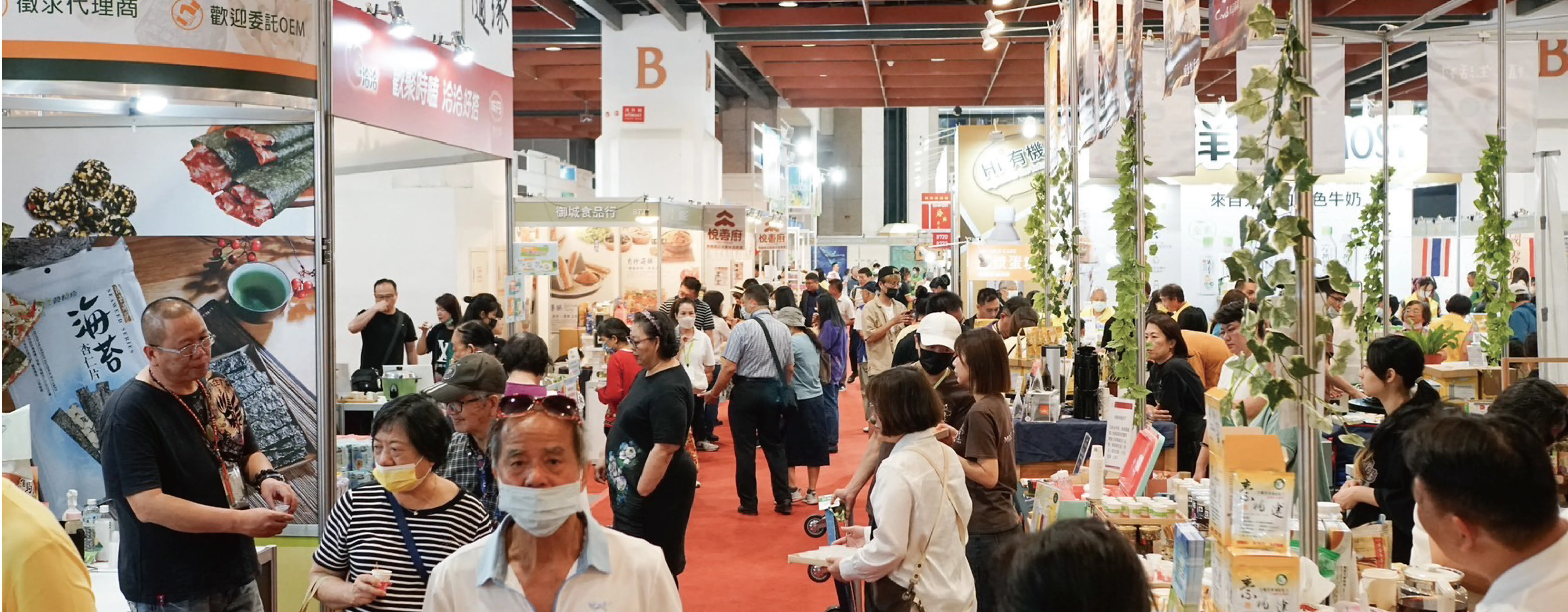


| 時代: | 唐朝時期 (西元618-907) |
| 出土地點: | 傳世品 |
| 尺寸: | 高度:約68.5 cm 長度:約45 cm 寬度:約20 cm |
| 質地: | 陶瓷 |
| 數量: | 1 |
唐朝絞胎應與當代風行癭木製品和大理石紋有關,但因癭木及大理石材質有限、成本較高,不好加工成器,故唐朝制瓷工人以當時流行癭木製品中的條紋結合漆器中斑塊狀圖案,運用原料豐富的瓷泥製作成器,燒造而成。絞胎是將深淺不同的兩種胎泥相間絞合在一起,然後按坯成型出現粗細不等的紋絲狀花紋。此件胎上即有深淺不同的褐色相間,組成類似木紋的紋理,再施透明釉。
The technique used in the Tang Dynasty tricolor pottery is related to contemporary popular designs found in patterns of Huanghuali wood and marble. However, due to the limited availability and higher cost of Huanghuali wood and marble, these materials were not easily crafted into objects. In response, artisans of the Tang Dynasty combined the stripe patterns seen in Huanghuali woodwork with the spotted patterns found in lacquerware. They then utilized the rich clay resources available to create pottery items, which were fired to completion.
The technique of "絞胎" (jiǎotāi), or "marbled clay," involves intertwining two types of clay with different colors to create a marbled effect, resulting in various thicknesses of thread-like patterns. In this piece, the body features alternating shades of brown, giving the appearance of wood grain. A transparent glaze is then applied.
此件鞍、駱駝背上的胡人樂隊成員與尾巴,是分開製作後和駱駝、底座用胎土接上,駱駝昂首挺胸,眼睛圓瞪、嘴張開露出牙齒與舌頭,似仰天嘶鳴,頭頂、頸部至胸前以及前腳外側,有以不規則皺褶表現的毛髮,身型矯健精幹,駱駝背上有七個胡人組成的樂隊,中央立姿、留絡腮鬍者似是樂隊指揮,另外六人手上拿琴、笙、笛、排蕭等樂器。
The saddle, the Hui musicians on the camel's back, and the tail are made separately and attached to the camel and the base using clay. The camel stands tall, with its head held high, eyes wide open, mouth agape showing teeth and tongue, as if bellowing to the sky. The hair on its head, neck, chest, and outer sides of the legs are depicted using irregular folds. The camel's back carries a band of seven Hui musicians. The central figure, standing tall and with a beard, appears to be the conductor of the band. The other six musicians hold instruments like the qin, sheng, dizi, and paixiao.
胎體為米黃色和紅赭色的高嶺土,胎質粗帶天然雜質,陶俑捏製完成後,全器浸透明釉,接著在駱駝身刷上、淋上綠釉為底,以暈散的黃褐釉點綴毛髮、鞍以及駱駝背上的樂隊成員,胡人樂隊成員的頭髮、眉毛和眼睛上黑彩,再進入800度窯燒,因釉水肥厚與上釉水的先後不同,帶有垂釉與釉水暈散之現象,尤其四肢等部份垂釉現象明顯。
The body of the figurine is made from pale yellow and reddish-brown high-fired clay with a coarse texture and natural impurities. After molding, the entire figure is immersed in transparent glaze. Green glaze is then brushed onto the camel's body as a base, with mottled brown glaze used to accentuate the hair, saddle, and the musicians on its back. The hair, eyebrows, and eyes of the Hui musicians are depicted in black glaze. The figurine is fired at around 800 degrees Celsius. The varying thickness of the glaze and its application results in drippy glaze and watercolor-like effects, particularly noticeable on the limbs.
釉水呈現天然蛤蜊光澤,開片為年代久遠的天然細開片痕跡,細微開片內帶有土沁,底座有微風化現象,此件為出土後傳世,但有經清洗、噴護理臘保養。此件為標準唐朝絞胎綠釉唐三彩駱駝載胡人樂俑,應為唐朝時期王公貴族作為家中擺設之用。
The glaze exhibits a natural luster similar to mother-of-pearl. The piece features fine cracks due to the passage of time, as well as minor weathering on the base. This piece has been unearthed and subsequently passed down, but it has undergone cleaning and wax preservation. It was likely used as decoration within the homes of aristocrats and nobles during the Tang Dynasty.
